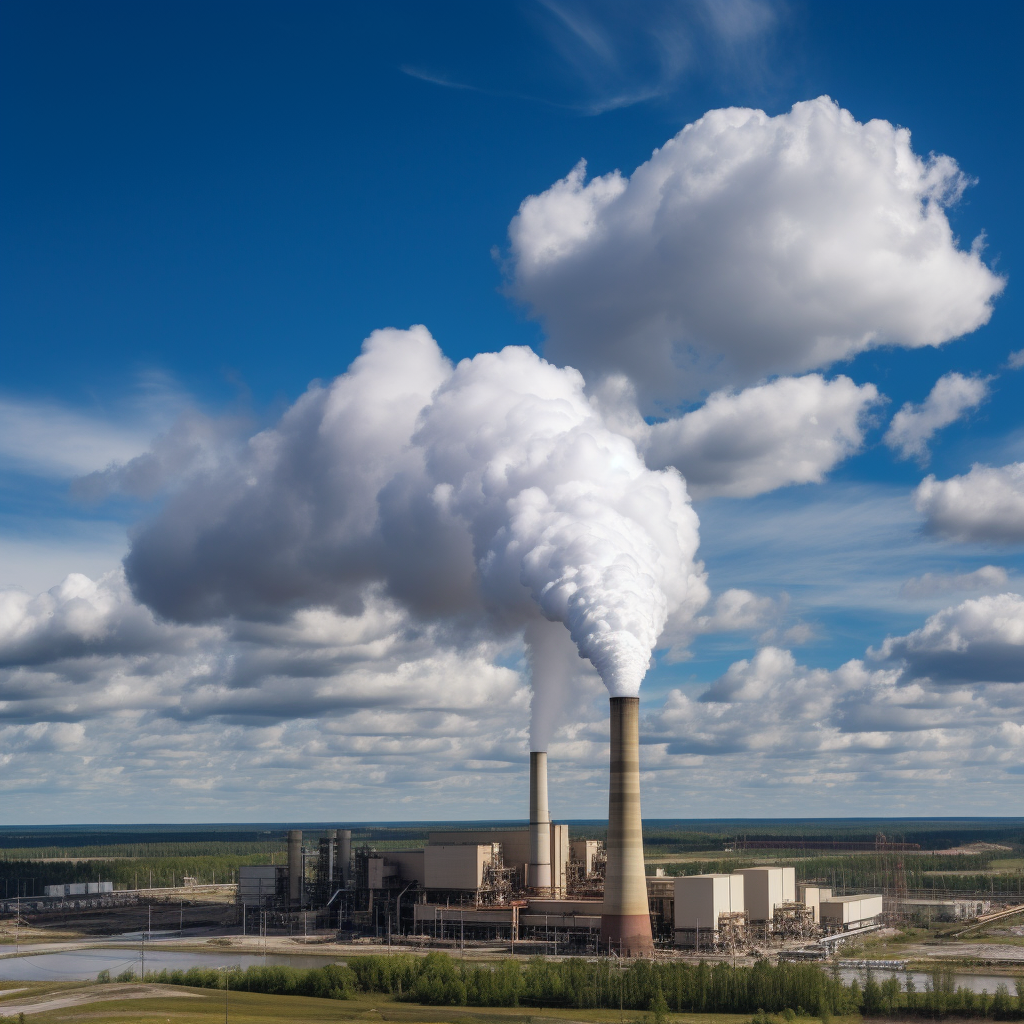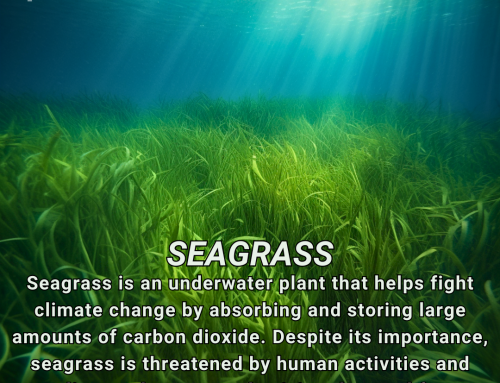
The Biden administration has proposed new rules to drastically reduce greenhouse gas emissions from coal and gas-fired power plants. The proposed regulation would mark the first time the federal government has restricted carbon dioxide emissions from existing power plants.
Coal plants that remain in operation beyond 2039 will need to install technology that cuts their carbon emissions by 90% by 2030. Similarly, the largest natural gas plants must use technology to slash their emissions 90% by 2035 or run primarily on low-carbon hydrogen energy by 2038.
The proposed rules rely on two little-used technologies, carbon capture and hydrogen, leading experts to question whether their use can be scaled up in time to meet the rule’s requirements. The new rules would limit the amount of carbon dioxide that power plants can emit, requiring them to install new equipment or shut down.
The proposal is expected to cut carbon emissions from coal and gas plants by 617 million tonnes between 2028 and 2042. The proposal is subject to a public comment period and is expected to cost the power industry over $10 billion, but yield health and climate benefits of around $85 billion.
The proposed rules have been hailed by environmental groups as a significant step in reducing the impact of power plants on the environment. However, the power industry has expressed concerns about the feasibility of implementing the new technologies in time to meet the proposed deadlines.
Despite the concerns, the Biden administration has remained committed to reducing greenhouse gas emissions, and the proposed rules for power plants are just one of the many measures being implemented to achieve this goal. With the public comment period underway, it remains to be seen whether the proposed rules will be modified or implemented as is, but their potential impact on the environment and the economy is significant.






